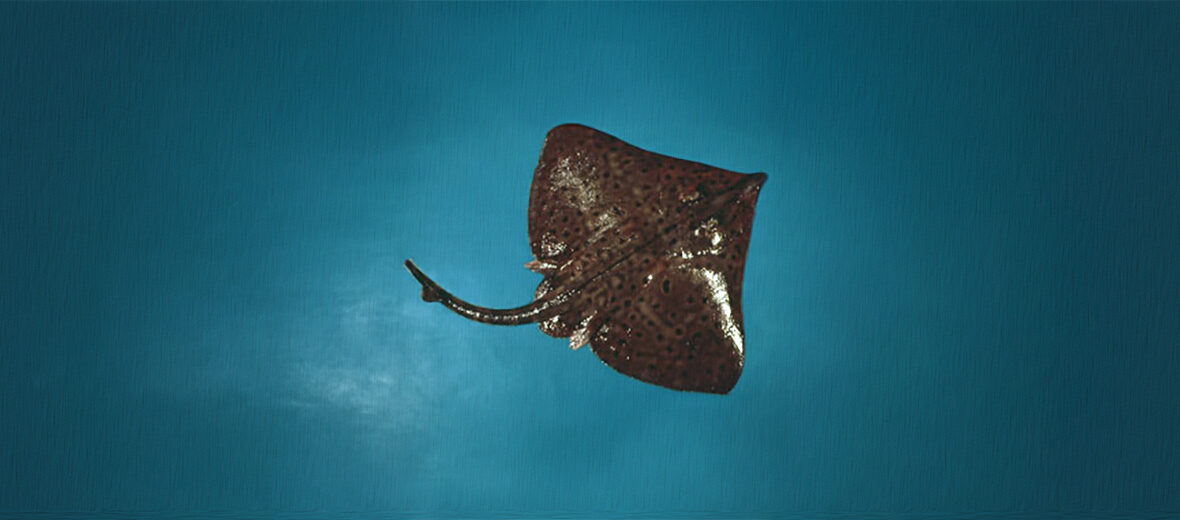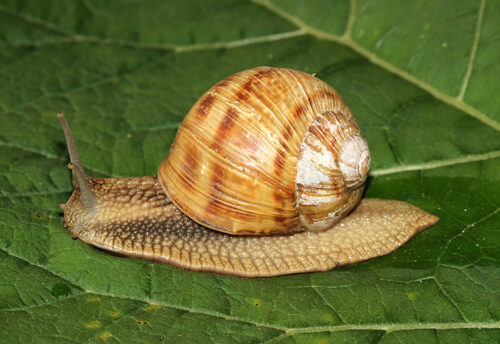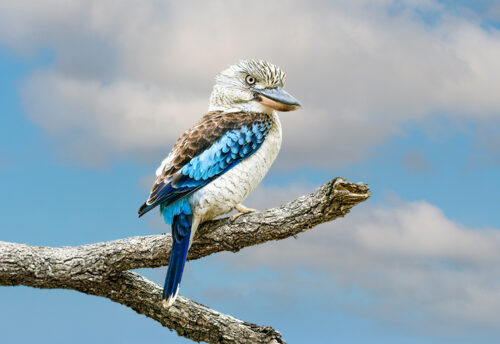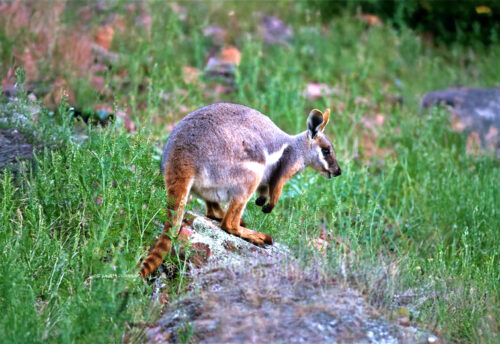
The barndoor skate is 1 of the largest skates found in the North Atlantic Ocean. They are native to the northwestern Atlantic Ocean, and are found from the eastern Canadian shores to mid-eastern United States coastlines. These skates are threatened by overfishing and over harvesting, but they are still abundant and have an increasing population trend. Therefore, the IUCN lists these critters are Least Concern.
First the Stats…
Scientific name: Dipturus laevis
Weight: Up to 40 lbs.
Length: Up to 30+ inches, plus up to a 27 inch tail
Lifespan: Up to 16 years
Now on to the Facts!
1.) Shrimps, crabs, squids, octopuses, and fish are all on the menu.
2.) Their only known predators are large sharks.
3.) In many cases, these skates are not intentionally harvested by the commercial fishing industry, and they are typically considered bycatch in the trawling nets that are used to target other species of fish.
4.) When harvested, their flesh is often used as bait, fish meal, and pet food, and the meat from their wings is sold for human consumption. Since 1981, landings of skates have increased significantly, partially in response to increased demand for lobster bait, and more significantly, to the increased export market for skate wings.
5.) These skates can be found at depths of up to 2,460 feet.
But wait, there’s more on the barndoor skate!
6.) Sometimes found in bays and estuaries, these skates can tolerate brackish (partially salty) water with a salinity as low as 21 to 24 parts per thousand.
7.) They tolerate various types of ocean bottoms, including soft, muddy, sandy, and rocky substrates.
Did you know…?
In 2006, NOAA published a press release declaring that as a result of conservation efforts, between 2004 – 2005, monitored stocks of the barndoor skate had grown to a level that the NOAA no longer considers “overfished”.
8.) These critters are oviparous (lay eggs).
9.) Females lay up to 115 egg cases, known as mermaid’s purses, that hatch in up to 16 months.
10.) They were originally described as Raja laevis by Samuel Latham Mitchill in 1818. Their scientific name was later changed to the currently valid name Dipturus laevis.
Now a Short Barndoor Skate Video!
This video talks about skates in general.
Be sure to share & comment below! Also, check out the Critter Science YouTube channel. Videos added regularly!

Want to suggest a critter for me to write about? Let me know here.
Some source material acquired from: Wikipedia & IUCN
Photo credit: NEFSC/NOAA



